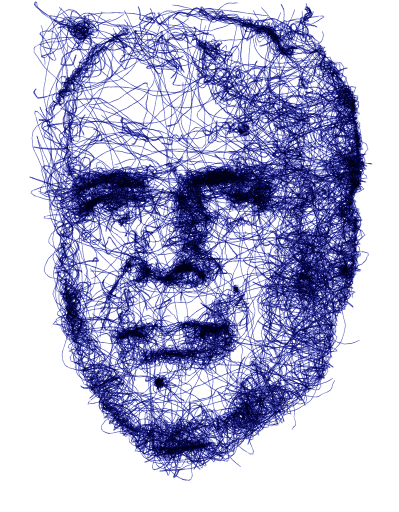Biography of Habib Bourguiba, politician (1903–2000)

Habib Bourguiba was a Tunisian statesman and a central figure in Tunisia’s independence. Trained in law in France, he returned to Tunisia and in 1934 founded the Neo-Destour party, which played a key role in the struggle against the French protectorate. After several arrests and periods of exile, he negotiated independence, achieved in 1956. He became the first president of the Republic of Tunisia in 1957 and remained in power until 1987. His tenure was marked by modernizing reforms, particularly in education and women’s rights.
The theater has witnessed the birth of our nation.
A poem-chair
“I adopted the chair, this familiar object, a few decades ago, at a time when I wanted to create art on a human scale in public spaces, while everywhere else people opted for the monumental: it is an object shaped like the body and serves the body. It is difficult to feel exclusive ownership of an object so universally shareable. It is mine when I occupy it, but if I leave it, someone else can claim it as their chair.” Michel Goulet, artist-sculptor
The project Prendre position
Prendre position is a sculpture-installation project of 47 chair-poems to mark the 100th anniversary of the Cité internationale universitaire de Paris. They were installed in a flowered meadow created especially for the occasion by the campus estate service.
This artistic installation was conceived by the Quebecois artist-sculptor Michel Goulet, in collaboration with François Massut, founding director of the collective Poésie is not dead.
Each house on the campus is represented by a chair, thanks to a donation from the Maison des étudiants canadiens and the support of the Labrenne group. Each of the 47 chairs is a unique work.
History and architecture of the house
The Maison de Tunisie is the work of architect Jean Sebag. It consists of two wings arranged at a right angle, in the characteristic style of the 1950s. A second building, the Pavillon Habib Bourguiba, was constructed in 2020.
